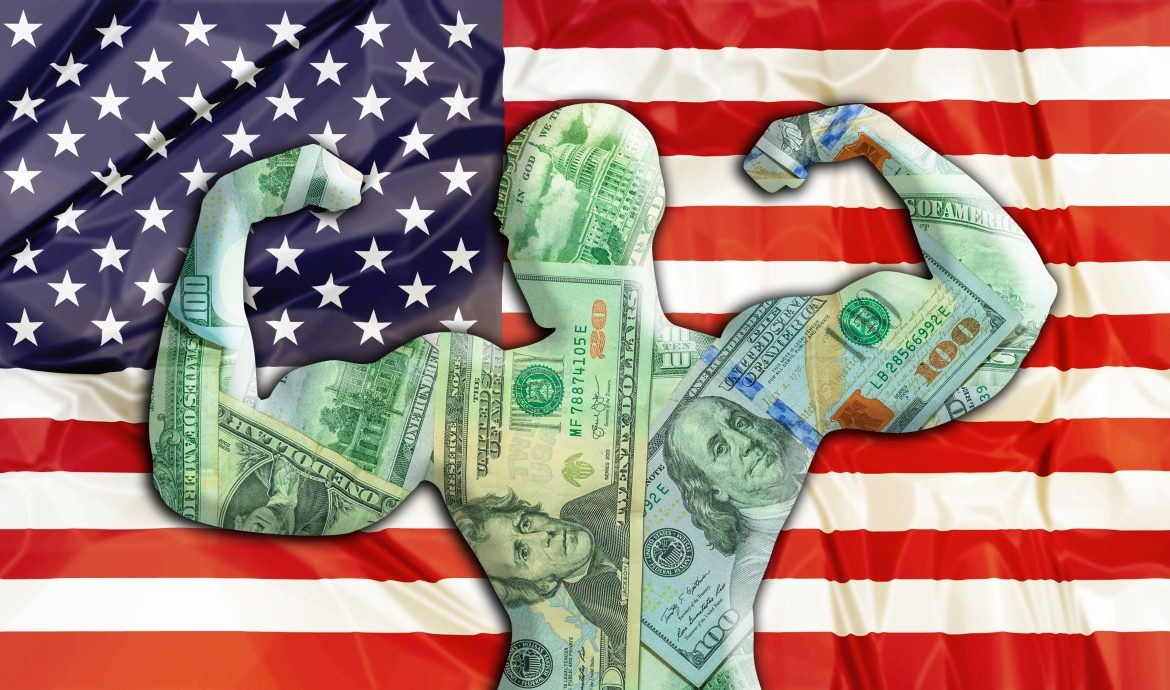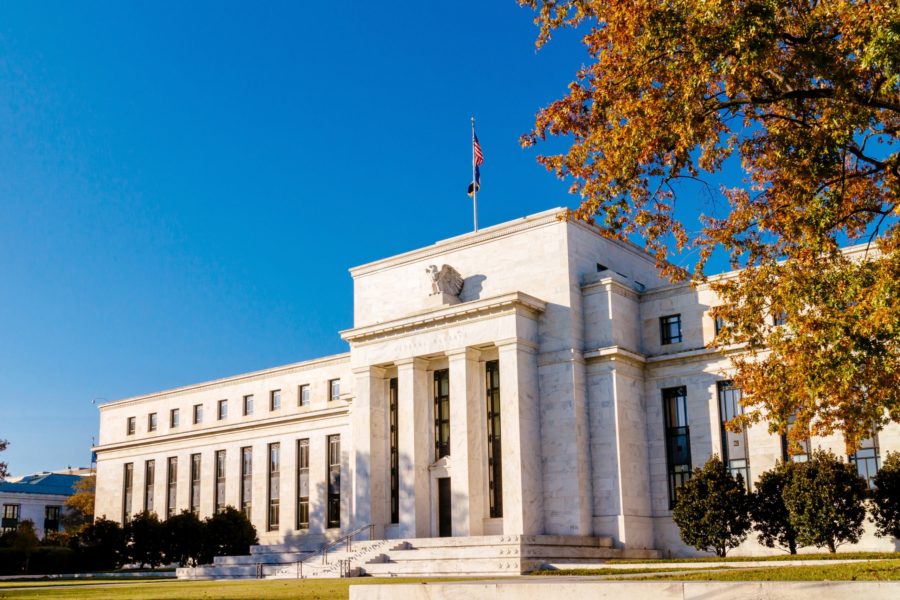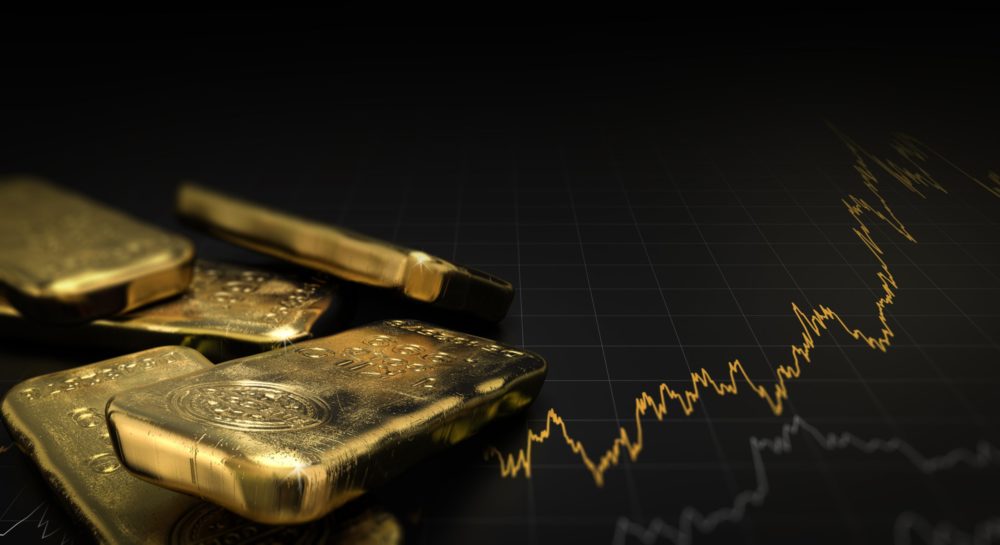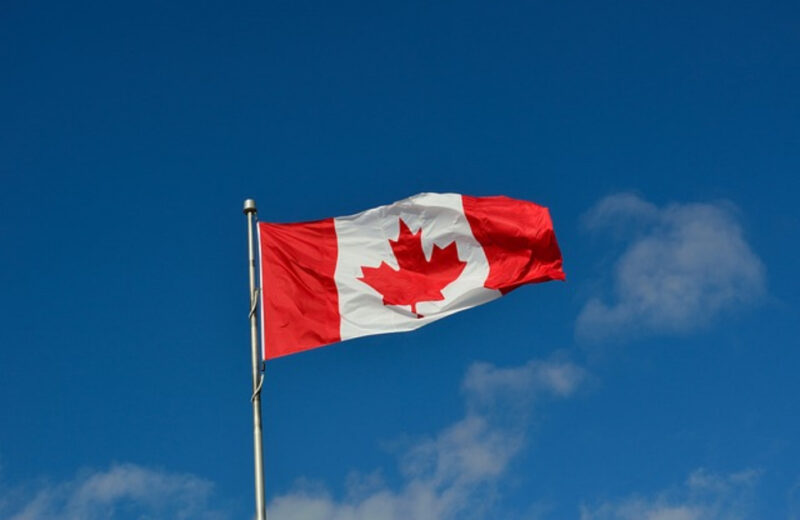For the coronavirus era, there is one surprisingly good forecasting rule. It is to take whatever Trump administration officials say and forecast that the opposite will happen. In February, President Trump declared that the number of cases would soon go close to zero. Nevertheless, you knew that a vastpandemic was on the way. In mid-June, Vice President Mike Pence insisted that ‘there is not a coronavirus second wave.’Nevertheless, there was a giant surge in deaths and new cases. Just last week, the administration’s chief economist Larry Kudlow declared that a ‘V-shaped recovery’ was still on track. So, it was predictable that the economy would stall.
On Friday, we will have an official employment report for July. Nevertheless, a variety of private indicators, like the monthly report from the data-processing firm A.D.P., already suggested that the rapid employment gains of May and June were a bounce of dead-cat and that job growth has at best slowed to crawl. A.D.P.’s number was minimally positive. Other indicators suggest that employment falls. Nevertheless, even if the small reported job gains were right, at this rate, we would not be back to pre-coronavirus employment until 2027.
Moreover, both the forthcoming official report and A.D.P. will be old news. It will be snapshots of the economy in the second week of July. Since then, much of the country has either reversed or paused economic reopening. Furthermore, there are indicators that many workers rehired amid the abortive recovery of May and June have been laid off again. Nevertheless, things can get much worse. Unless Republicans get serous concerning another economic relief package, things will probably get much worse.
The economy of the United States
I do not know how many people realize how much deeper the coronavirus recession of 2020 could have been. Nevertheless, it was terrible. Real G.D.P (gross domestic product) decreased by around ten percent, and employment plunged. All of that happened because of the pandemic, that forced the economy lockdown.
What did not happen was a major second round of job losses driven by plunging consumer demand. Millions of workers lost their incomes. They would have been forced to slash spending without federal aid. Fortunately, Congress stepped up to the plate with first aid for unemployment. It kept the nonquarantined parts of the economy afloat and sustained consumer spending.
Unfortunately, aid has expired for now. Months ago, Democrats offered a plan to maintain Benefits. Nevertheless, Republicans can not even agree among themselves on a counteroffer. Also, if a deal is hammered out, it will be weeks before the money will start flowing again.
The suffering of cut-off families will be immense. Nevertheless, there will be widespread damage to the economy.
Most of the low-wage workers whose benefits have been terminated can not blunt the impact withdrawing on borrowing or savings against assets. Thus, their spending will fall by a lot. Evidence on the initial effects of emergency aid is suggesting that the end of benefits will push overall consumer spending. Moreover, total consumer spending is the primary driver of the economy.














